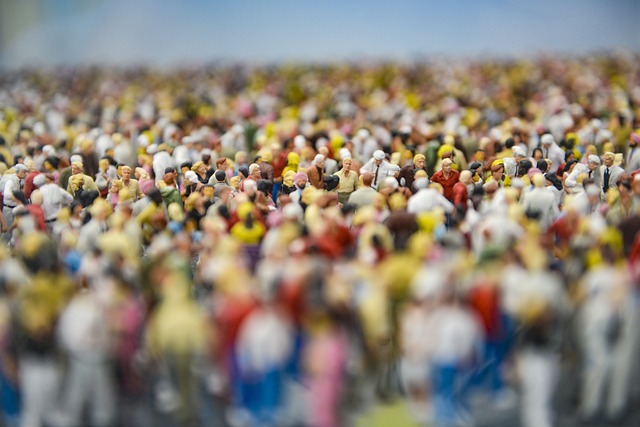Nepal, a landlocked country in South Asia, is a mountainous country with an area of 147,000 square miles. It is bordered by India to the north and China to the east. Nepal is a republic and a parliamentary democracy. Its capital city is Kathmandu. The official language is Nepali, but Hindi is also spoken.
Nepal’s population is about 28 million people, which makes it the 23rd most populous country in the world. Nepal is one of the poorest countries in the world. The economy is primarily based on agriculture and remittances from overseas Nepalese workers.
Agriculture is not as developed as in other Asian countries, so the government has focused on industrialization and the development of tourism.
According to the 2001 census, the ethnic composition of the population was:
Brahmin (35.6%), Chhetri (29.3%), Newar (9.7%), Magar (5.5%), Gurung (4.9%), Thakuri (4.8%), Dalit (2.9%), Newari (1.7%), Rai (0.9%), Muslim (0.8%), Madhesi (0.6%) and others (0.5%).

The total fertility rate in Nepal is 3.5 children per woman. This is higher than the average for the world. Nepal is one-third of the way through its population growth rate and will reach its peak in 20 years.
As of 2001, there were approximately 2,000,000 Nepalese living abroad. Of this number, more than half were in India and nearly one-third were in the United States. The majority of these migrants came from the southern region of Nepal.
The rest of them were from the northern region, including those who had gone to study in India. Most of the migrants went to work in the construction industry. They usually returned home when they saved enough money to support their families.
Nepal is still growing at a rapid rate. By the year 2050, the population of Nepal will be almost 70 million. This is expected to increase to around 80 million by the year 2100. There are two main reasons for this growth.
First, the number of children being born is increasing. Second, the population is aging. In the past few decades, the population of Nepal has grown from 5 million to more than 8 million people.
There is a large number of young people in Nepal. As of 2001, the median age of the population was 16.4 years old. This is lower than the global average. As of 2000, the total fertility rate was 3.7 children per woman.
This is lower than the world average. However, it is expected to increase to 4.2 children per woman by the year 2025. The birth rate has increased because of the lack of access to education. This is why many young girls are getting married very early.
The life expectancy at birth is 69.8 years. This is lower than the average for the world.
Nepal – A Country Overview
Nepal is a small landlocked country in South Asia. It is bordered by China, India, Bangladesh, and Tibet. It is also a member of the South Asian Association for Regional Cooperation (SAARC) and the United Nations. The capital city of Nepal is Kathmandu. The country’s official language is Nepali.
The population of Nepal was estimated to be about 28 million in 2001. The population of Nepal has increased at an average rate of 2.5% per year over the past 50 years. The growth rate is higher than the average world population growth rate.
According to the 2001 census, there were 14,839,935 people living in Nepal. The male population was 8,068,932 and the female population was 6,871,003. The average age of males was 21.4 years while the average age of females was 19.2 years. The life expectancy of males was 66.1 years while that of females was 65.1 years. The total fertility rate was 3.5 children born per woman.
The literacy rate was 72.3% in 2001. The total area of Nepal is 603,000 square kilometres.
The major religion of Nepal is Hinduism. The Hindu population of Nepal is estimated to be 95%. Other religions are Buddhism (5%) and Islam (1%). The major ethnic groups of Nepal are Newar (36%), Magar (26%), Brahmin (18%), Chhetri (12%), Gurung (8%), Tharu (4%), Rai (4%), Limbu (2%), and other communities (2%).
The majority of people living in Nepal are farmers. The major crops grown in Nepal include rice, wheat, barley, maize, millet, and potatoes. The major livestock products are goats, sheep, cattle, buffalo, and poultry.
The government of Nepal is a republic with a parliamentary system of government. The head of state is the President. The Prime Minister is the head of government. The executive branch is headed by the Cabinet. The legislative branch is headed by the House of Representatives. The judicial branch is headed by the Supreme Court.

Leave a Reply